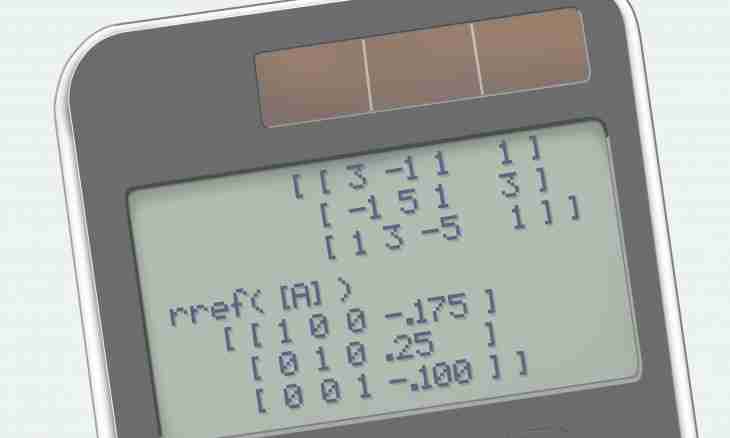The theory of limits – quite extensive area of the mathematical analysis. This concept is applicable to function and represents a design from three elements: the designation lim, expression under the sign of a limit and extreme value of an argument.
Instruction
1. To calculate a limit, it is necessary to define what function is equal in the point corresponding to extreme value of an argument to. In certain cases the task has no final decision, and substitution of value for which the variable strives gives uncertainty of a look "zero on zero" or "infinity on infinity". In this case the rule output by Bernoulli and Lopital which means capture of the first derivative is applicable.
2. As well as any other mathematical concept, a limit may contain under the sign function expression, too bulky or inconvenient for simple substitution. Then it is necessary to simplify before it, using usual methods, for example, group, removal of the general multiplier and replacement of a variable at which also the extreme value of an argument changes.
3. Review an example to make the theory of more evident. Find a function limit (2·x \-3 · x – 5) / (x + 1) at x, aspiring to 1. Make simple substitution: (2•1² – 3•1 – 5) / (1 + 1) =-6/2 =-3.
4. You were lucky, expression of function makes sense at this extreme value of an argument. It is the simplest case of calculation of a limit. Now solve the following problem in which the ambiguous concept of infinity appears: lim _ (x →∞) (5 - x).
5. In this example x strives for infinity, i.e. constantly increases. The variable appears in expression with a minus sign, therefore, the more value of a variable, the function decreases more. Therefore the limit in this case is equal - ∞.
6. Bernoulli-Lopital's rule: lim _ (x →-2) (x^5 – 4·x \) / (x³ + 2 • x²) = (-32 + 32) / (-8 + 8) = [0/0]. Differentiate function expression: lim (5•x^4 – 12·x \) / (3·x \+ 4 · x) = (5 · 16 – 12 · 4) / (3 · 4 - 8) = 8.
7. Replacement of a variable: lim _ (x→125) (x + 2•∛x) / (x + 5) = [y= ∛ x] = lim _ (y→5) (y³ + 2•y) / (y³ + 3) = (125 + 10) / (125 + 5) = 27/26.

